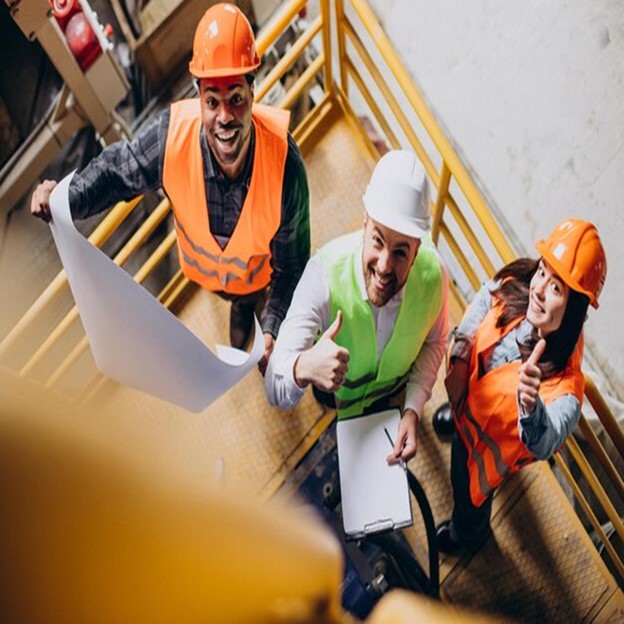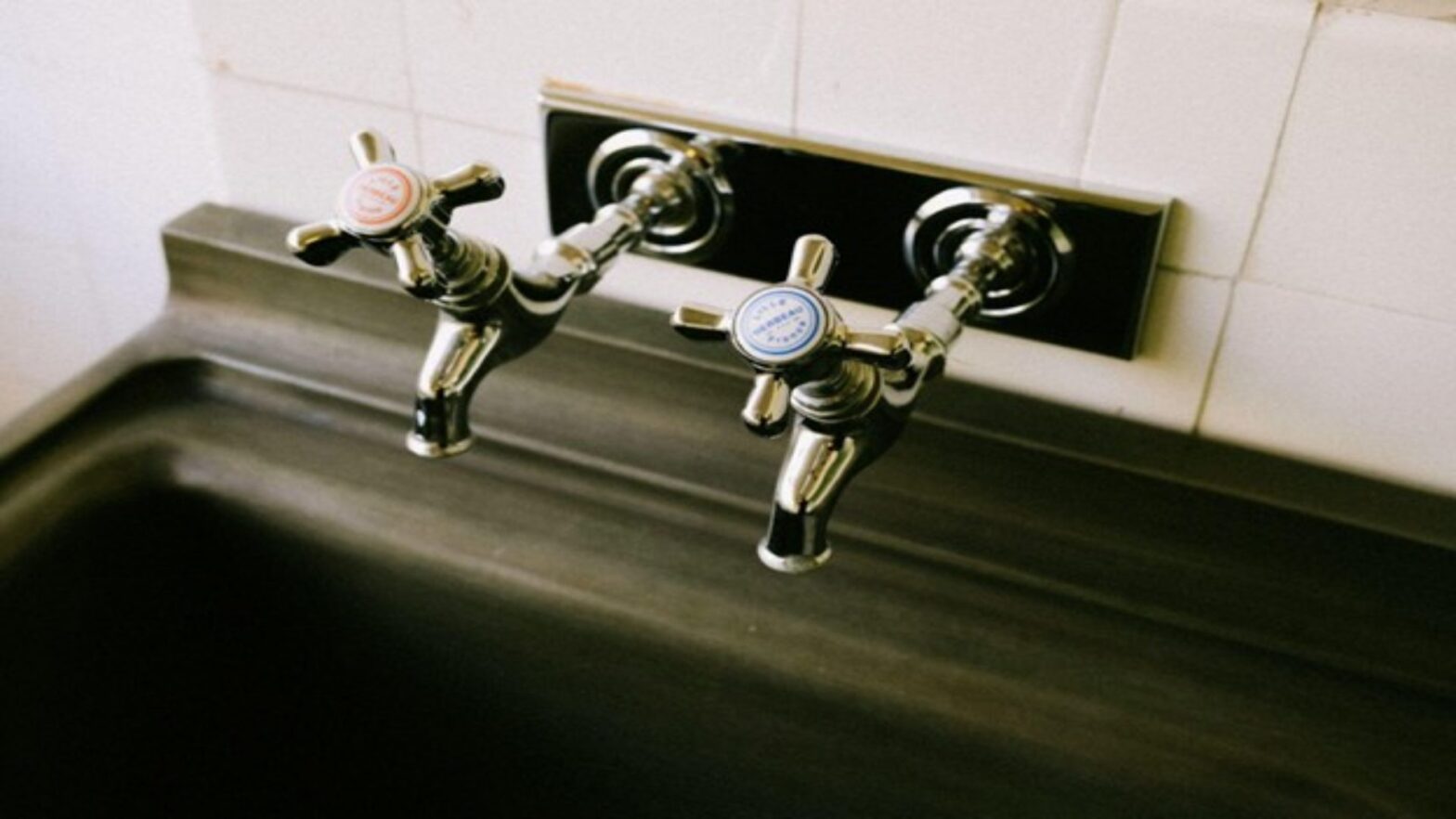Safety is always a top priority, especially when it comes to working in confined spaces. These areas, often small, enclosed, or hard to access, present unique risks to workers and require specific procedures to ensure their safety. Whether it’s a manhole, trench, tunnel, or storage tank, confined spaces have the potential for hazardous conditions, including poor ventilation, limited mobility, and potential exposure to toxic substances.
Understanding how to manage the risks associated with confined spaces is crucial to preventing accidents and maintaining a safe work environment.
What Are Confined Spaces in Construction?
Confined spaces are defined by OSHA (Occupational Safety and Health Administration) as areas that are large enough for workers to enter but have limited entry or exit points, are not designed for continuous occupancy, and may pose health or safety hazards. In the construction industry, confined spaces are common and can include:
- Manholes
- Tunnels
- Pits
- Trenches
- Crawl spaces
- Storage tanks
- Ductwork
These spaces often require workers to perform tasks such as inspections, installations, repairs, and maintenance in tight quarters with limited air circulation and visibility. This makes the work more difficult and, at times, more dangerous. For construction professionals like Dominic Tria, who is responsible for ensuring the safety of workers on-site, managing the risks associated with confined spaces is a key part of project management.
The Dangers of Confined Spaces
Confined spaces present several hazards that are not typically found in open areas. These risks can quickly turn a routine task into a life-threatening situation if proper precautions are not taken. Some of the primary dangers associated with confined spaces include:
- Oxygen Deficiency
- Confined spaces often have poor ventilation, which can lead to a lack of oxygen. This is especially true in areas where there is biological decomposition, chemical reactions, or combustion processes. Workers entering these spaces without proper air testing may be at risk of asphyxiation.
- Toxic Atmospheres
- Hazardous gases and chemicals can accumulate in confined spaces, leading to dangerous working conditions. Carbon monoxide, hydrogen sulfide, and other toxic substances can be present in trenches, tanks, or sewer systems. Without proper monitoring and ventilation, workers can be exposed to these harmful gases.
- Engulfment Hazards
- Workers in confined spaces may be at risk of engulfment, which occurs when loose materials such as soil, gravel, or liquids fill the space, trapping or burying the worker. This is a common hazard in trenches or storage tanks.
- Limited Mobility and Restricted Exit
- Confined spaces often have narrow entry points and limited room to move, making it difficult for workers to maneuver and exit in case of an emergency. This can complicate rescue efforts and increase the time it takes to evacuate the area.
OSHA Regulations for Confined Spaces
To mitigate these risks, OSHA has established regulations specifically for confined spaces in construction. These standards are designed to protect workers by requiring employers to follow strict safety protocols, including hazard assessments, air monitoring, and worker training.
Key OSHA Requirements for Confined Spaces:
- Permit-Required Confined Spaces
- OSHA classifies certain confined spaces as “permit-required” based on the potential hazards they contain. These spaces require a formal permit before workers can enter, which includes conducting a hazard assessment, implementing controls, and preparing an emergency rescue plan.
- Air Quality Monitoring
- Before workers enter a confined space, the air quality must be tested for oxygen levels, toxic gases, and combustible substances. Continuous monitoring is often required during work to ensure the environment remains safe.
- Ventilation
- Adequate ventilation is critical to maintaining safe air quality in confined spaces. Employers must provide proper ventilation systems to remove toxic fumes and ensure a steady supply of fresh air.
- Training and Competent Personnel
- Workers who enter confined spaces must receive specific training on the hazards and safety procedures for the task. Additionally, a “competent person” must be designated to oversee the entry process, identify hazards, and ensure compliance with safety protocols.
For construction professionals like Dominic Tria, ensuring that these OSHA requirements are met is an essential part of jobsite safety management. By following these guidelines, workers can reduce the risk of injury and ensure that confined spaces are as safe as possible.
Best Practices for Managing Confined Space Risks
In addition to complying with OSHA regulations, there are several best practices that construction companies can follow to further improve safety in confined spaces. These practices focus on proactive planning, worker education, and the use of advanced technology.
- Perform Thorough Hazard Assessments
- Before work begins, conduct a thorough hazard assessment of the confined space. This should include identifying potential risks such as air quality issues, the presence of toxic substances, and physical hazards like restricted entry or unstable surfaces. Regularly reassess the area throughout the project, especially if conditions change.
- Use Personal Protective Equipment (PPE)
- Workers should always wear appropriate PPE, including respirators, hard hats, gloves, and safety harnesses, when entering confined spaces. In areas with low oxygen or toxic gases, specialized breathing apparatuses may be necessary.
- Invest in Continuous Monitoring Systems
- Continuous air quality monitoring systems provide real-time data on oxygen levels, gas concentrations, and ventilation status. These systems can alert workers to changes in conditions, allowing them to take immediate action if hazards arise.
- Ensure Proper Ventilation
- In many confined spaces, natural ventilation is insufficient to maintain safe air quality. Invest in high-efficiency mechanical ventilation systems to provide a constant supply of fresh air and remove hazardous gases.
Conclusion
Confined spaces are an unavoidable part of many construction projects, but the risks they present can be managed with the right safety protocols and technologies. By following OSHA regulations, conducting thorough hazard assessments, and implementing best practices, construction professionals can significantly reduce the likelihood of accidents in these environments.
For those like Dominic Tria, who are responsible for ensuring the safety of construction teams, it’s essential to stay informed about the latest advancements in confined space safety. By taking a proactive approach to risk management, we can protect workers and ensure that every project is completed safely and efficiently.





























